Why does my skin love prebiotics?
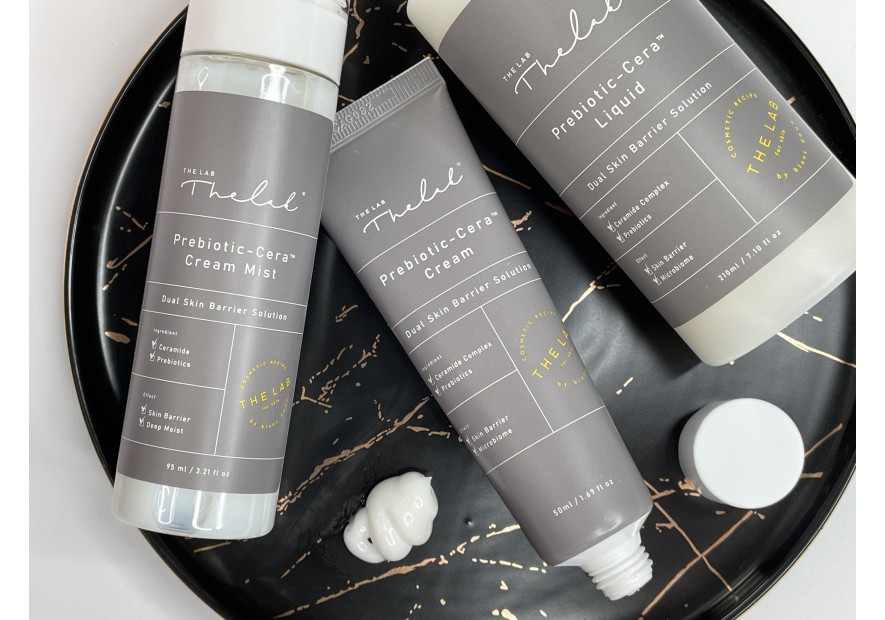
It's not hard to confuse them with probiotics, but they are different and our skin needs them.
Our body is home to trillions of microorganisms that outnumber even our cells. Many of these bacterial ecosystems are found in our skin (over 1,000 species). To visualize this even better, let's say that a woman weighing 60-65 pounds has 2 of these bacteria living in her body. That is, the mass of bacteria is greater than the mass of the largest organs, such as the liver, heart and brain. In fact, bacteria are a type of organ that appears in the first days of human life and continues to change and develop in the future.
You probably know probiotics as "good" bacteria. These are the ones that help improve gut health, digestion and skin health. But you're probably confusing them with prebiotics? First, you need to learn how to differentiate between them, and then figure out how each one affects beauty and skin health.
Prebiotics and probiotics: what's the difference?
Most bacteria live on the mucous membrane of the intestine and on the skin. The similarities between them are quite large: both protect the body, are composed of cells that renew very quickly, and most importantly, are hospitable to a variety of microorganisms.
Probiotics are microorganisms among the "good" bacteria, which immediately fight the pathogens and displace them, taking their place. For example, this is the "technology" with which probiotic cosmetics help fight acne. Probiotics also need to eat and get energy for the work they do. And their food is prebiotics.
Prebiotics do not contain the microorganisms themselves, but are substances that create a favorable environment for beneficial bacteria (i.e., probiotic fighters) to multiply.
Prebiotics are a group of hard-to-digest carbohydrates that we find in many foods-the list is long and includes artichokes, asparagus, bananas, chicory root, garlic, onions, seaweed and whole grains. They are rich in fiber and because they are not directly digested by the body, they pass through the digestive system to become food for microorganisms (probiotics) that are found in the gut.
Prebiotics are usually oligosaccharides, which are derived mainly from yeast cultures.
Some enzymes, acids and other substances may also have the properties of prebiotics: for example pantothenic acid, vitamin B5, which is applied to the skin, restores healthy microflora and has a therapeutic effect.
How do probiotics and prebiotics work?
The microbiome (a collection of microorganisms) is not only in the gut, but also in the skin. The microbiome is designed to maintain its protective barrier so that it remains healthy. What role do prebiotics play then? They nourish beneficial bacteria and prevent the colonization of pathogens.
This can reduce inflammation and reduce skin problems such as acne or even eczema. The combination of pre-biotics and probiotics is the most effective - it is this combination that helps the beneficial bacteria that inhabit our skin thrive.
Prebiotics are precursors to probiotics and make the latter more stable. Ideally, look for a skin cleanser that contains prebiotics. With them, you perfectly prepare your skin by "removing" harmful microorganisms and leaving only the good ones, which means you create a great base for additional skincare treatments.
What are prebiotics in cosmetics?
If we have to point out the real ingredients in cosmetics, they are ingredients with prebiotic action for skin care. We find them in masks, hand creams, face creams, cleansers, deodorants, body lotions. Pay attention to oligosaccharides, galactooligosaccharides (oligosaccharides - consisting of plant sugars linked in chains) and fructooligosaccharides (natural components of fruits, vegetables and honey - fight inflammation). These are sugars that nourish beneficial bacteria. It's best to choose skin care products that contain natural and organic ingredients and avoid potentially harmful ones like parabens and phthalates.
What is only cosmetics related to prebiotics?
First of all, they are safe ingredients in cosmetics, suitable for different skin types. Prebiotic-based cosmetics allow it to perform its function easily because the carbohydrates remain stable in different environments, which, in turn, allows the product to last longer. Prebiotics not only help to heal infections and inflammation faster, but also maintain the overall health of the skin. That is, cosmetics with prebiotics not only have a therapeutic but also a preventive effect.
Today the prebiotics used are fragments of bacteria, their DNA or parts of membranes, which have a potential antibacterial activity against pathogens. Once applied to the skin, the capsules break down and the prebiotics take effect.
In order for prebiotics and probiotics to work, cosmetics containing acids, retinol and its derivatives and, of course, antibiotics should not be used. Prebiotics are suitable for all skin types, but they should definitely be included in the care of aging and sensitive skin.
Which cosmetics with prebiotics should I choose?
The Lab, a Korean brand, has developed a line of products with prebiotics to protect the skin's microbiome and is designed for sensitive skin.
THE LAB Prebiotic-Cera™ Cream Mist.
THE LAB PREBIOTIC-CERA™ Cream.
THE LAB PREBIOTIC-CERA™ Liquid.

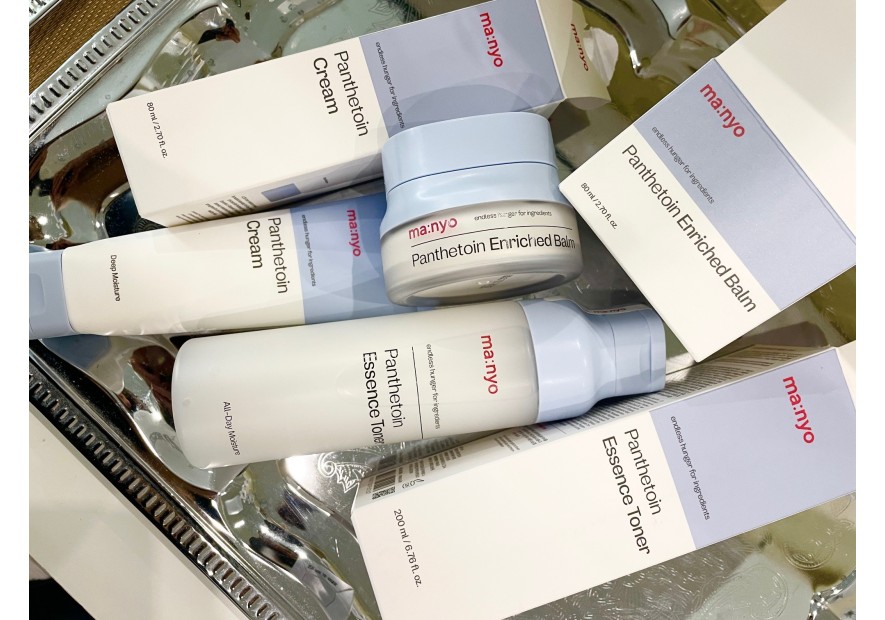
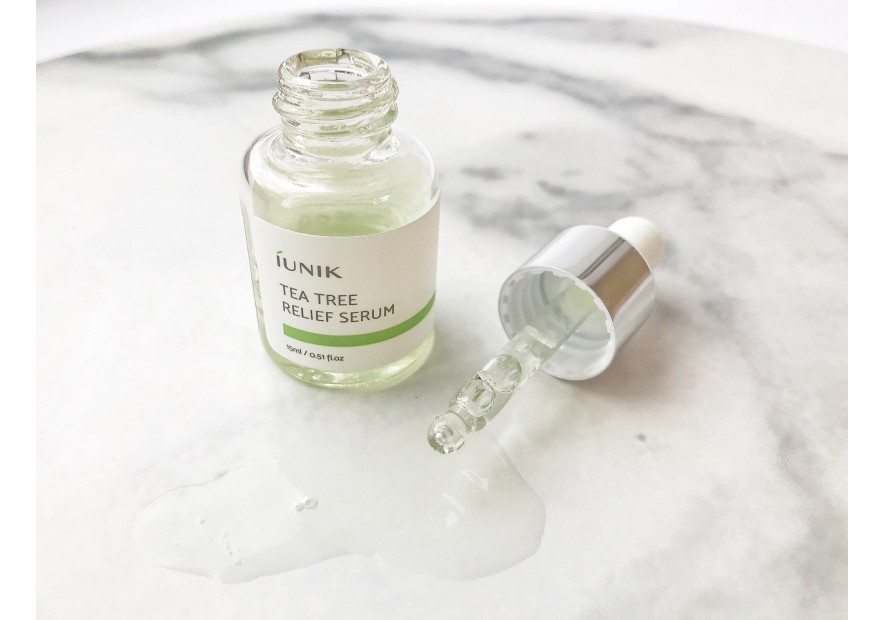
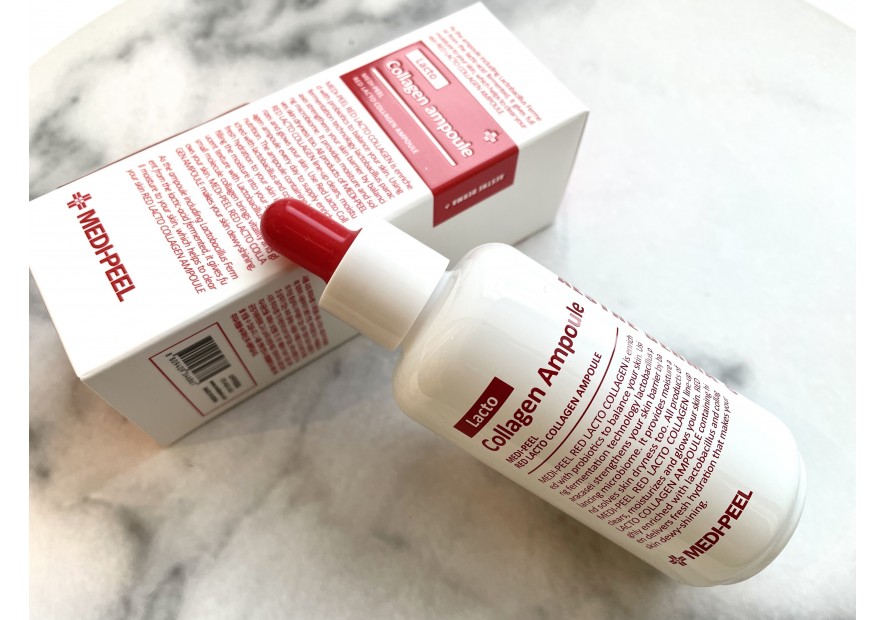

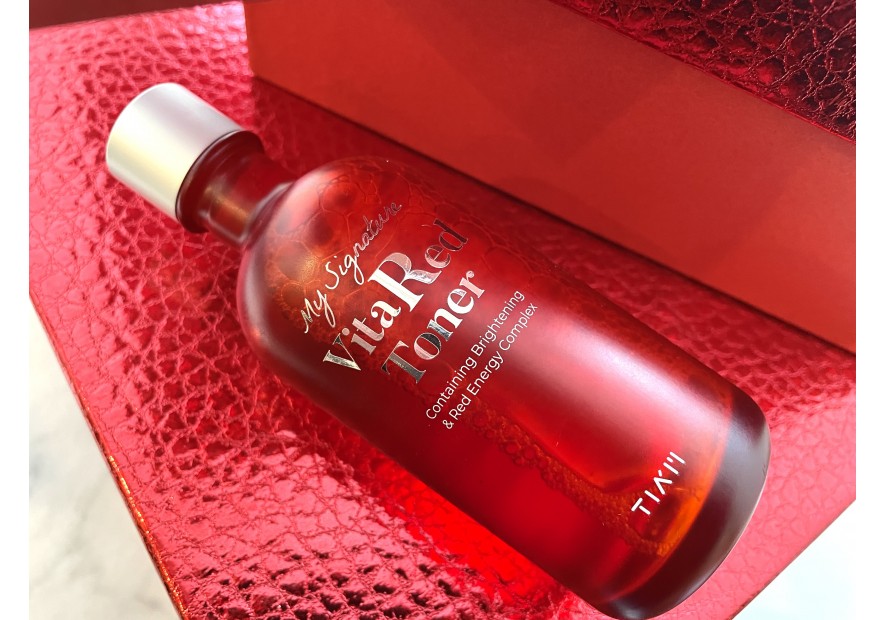

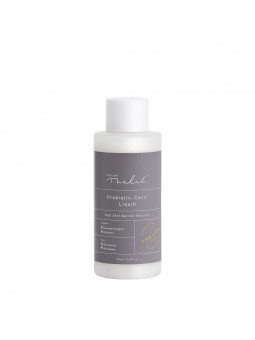
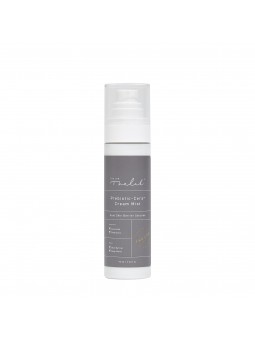
Leave a comment